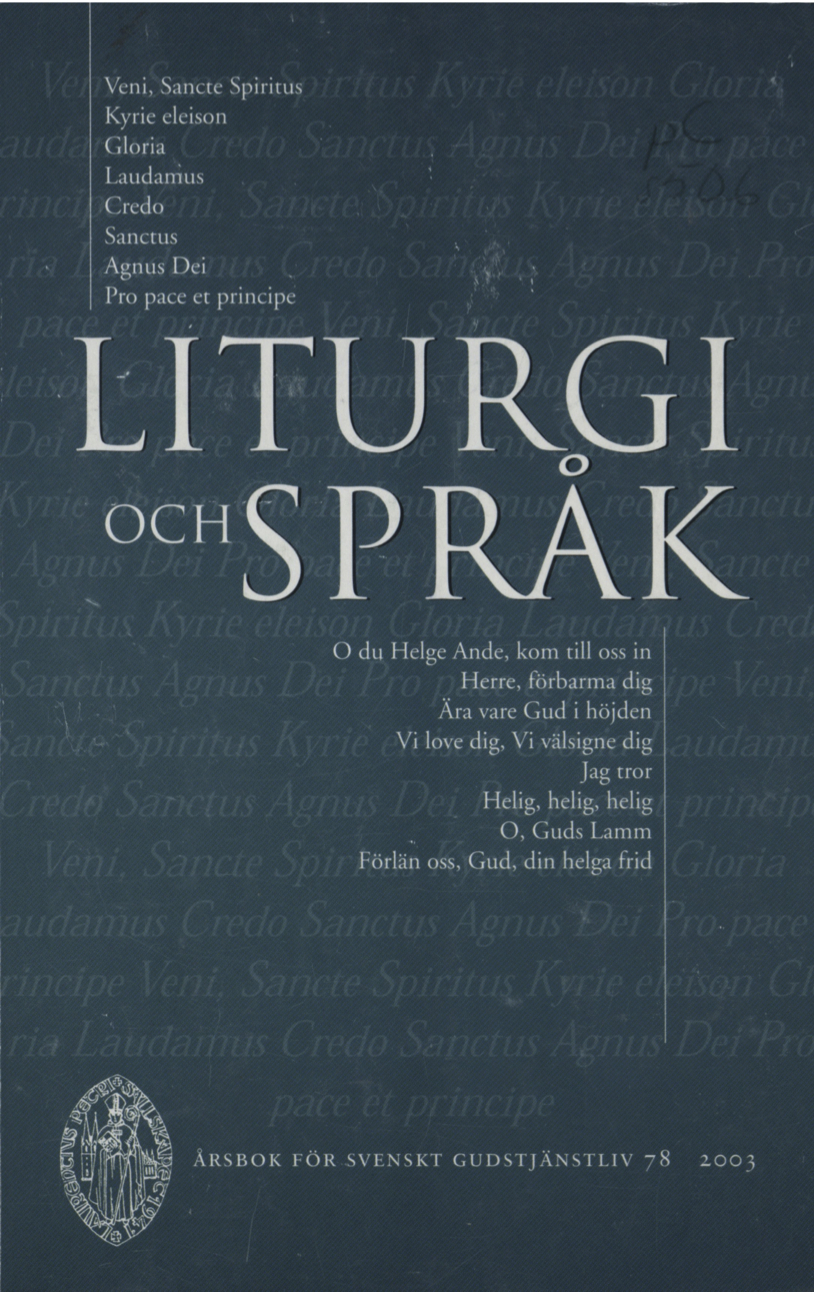Guds tal eller vårt? Vägar bortom ett inklusivt gudstjänstspråk
Abstract
Discussion was intense within the Church of Sweden, when the suggested revision of the Church Handbook in the year 2000 introduced the issue of »inclusive language». Positions were particularly inflexible as regarded language for God. Opinions were polarised between those who argued that God has revealed himself as Father and that the Church therefore is bound to this expression, and those who argued that God can also be talked about and addressed grammatically in the feminine and that this is important in order for women’s realities and experiences to be expressed. Revelation was in this way pitted against experience.
In order for the church to move on in these questions the author of the article asks firstly for a greater awareness of which problems an introduction of more inclusive language should actually be thought to solve. Here feminist theology can provide valuable material. Secondly the starting points for the search for constructive solutions need to be reformulated with the help of feminist theory. What is needed is not, as is often claimed, that women as a clearly identifiable category, have their experiences, which are also, it is assumed, clearly identifiable, expressed in a particular language, which is therefore inclusive. Instead, the author claims, the discussion should concern how worship services can be celebrated in a way which expresses the full humanity of both men and women and contributes to human liberation.
An emancipatory language of worship assumes that God is involved in women’s lives and struggles to become free from oppressive structures. In order to be liberating a language is needed that realises and confirms this presence of God. But liturgical language also needs the liberating power, which shows God to be the radically other, also in relation to traditions regarding gender. Every attempt towards emancipatory liturgical language must take account of how a solely masculine language for God contributes to a preservation and strengthening of structures where women are subordinate. A constructive solution can be sought in the liturgical principle that language and symbols are set against one another in order to express something beyond themselves. Symbolism built on human gender categories should only be used with this principle in mind, so that feminine images are set against masculine and so that the mirroring of human gender-roles is set against a vision of a radically different order of things.
Downloads
Published
Issue
Section
License
© the authors, Laurentius Petri Sällskapet för Svenskt Gudstjänstliv and Artos & Norma Bokförlag. Copying and using material from Svenskt Gudstjänstliv for scholarly purposes is permitted as long as the source is indicated. For other uses, please contact the respective author as well as the publisher. Special restrictions may apply to images.


